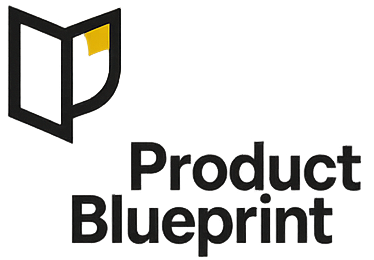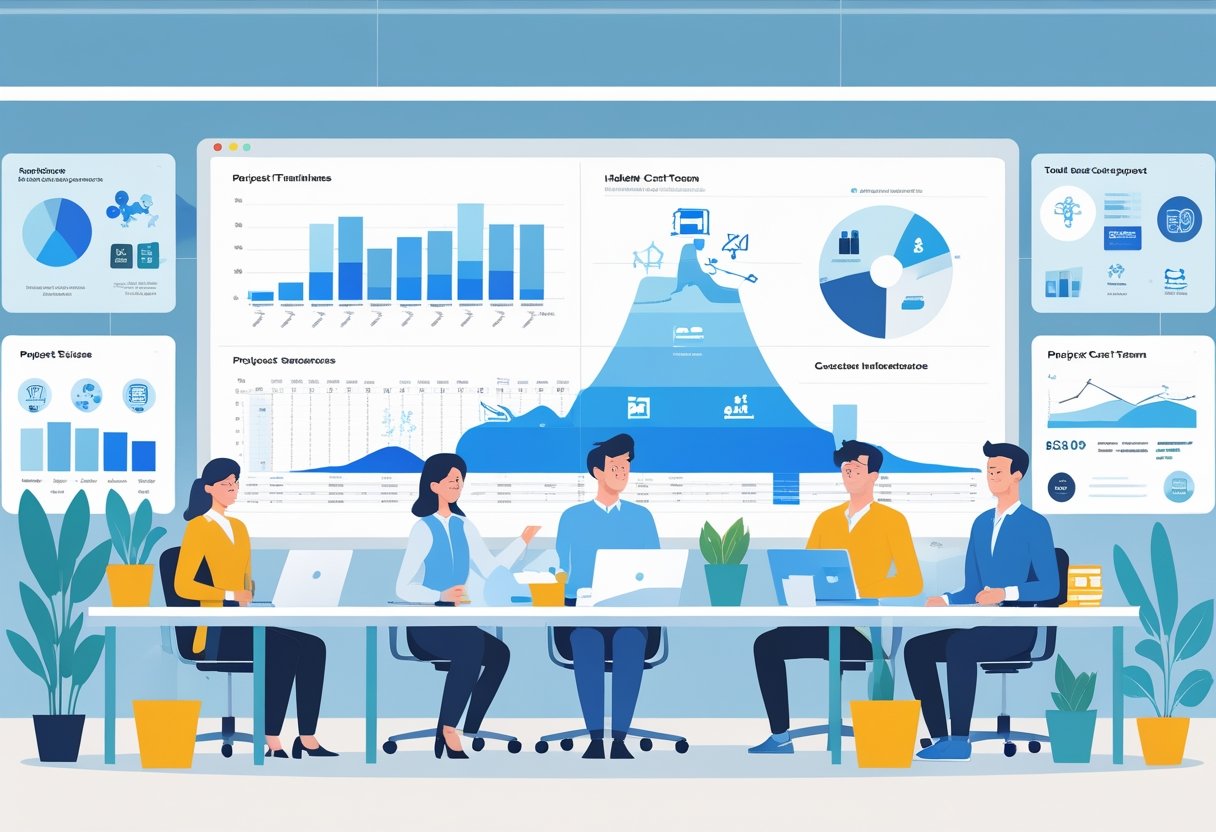TL;DR
We use net present value (NPV) to weigh our options by turning future cash flows into today’s dollars. NPV, payback months, and best/base/worst scenarios help us make quick decisions without pretending we know more than we do.
We count every cost: build, operate, maintain, integrate, incidents, and even switching. Projects get approved with simple rules, and we revisit choices if things change.
Ethics stay front and center—privacy, accessibility, honest pricing, and portability always matter.
Key terms (one-line each)
Net Present Value (NPV) – The sum of discounted cash flows. If NPV is above zero, we create value.
Cash flow – Net money in or out each period. It’s uplift or savings minus our costs.
Discount rate – The annual return we need, usually 8-15%. Higher rates mean more risk.
Present value – What future money is worth today after discounting for time.
Time value of money – Money now is worth more than the same amount later. Simple, but easy to forget.
When PMs should use NPV (and when not)
NPV makes sense for big investment decisions—feature bets, vendor picks, platform rebuilds, pricing changes, and partner deals.
Financial analysis with NPV works when we have enough data to predict costs and benefits with some confidence.
Skip NPV for early discovery phases. If we’re just learning, run short experiments first and use those results for a smaller NPV check later.
Investment decisions with positive NPV only work if we have enough info to mean something.
The fast playbook
1) Frame the bet
We start by writing down the decision. What are we choosing between? What key metric will change—revenue, costs, retention?
Next, we jot down our main assumptions about adoption rates, pricing, and support. Risks like system failures go on the list, too.
2) List cash flows
We lay out money flows over time. Year zero: build costs, setup, training.
Years one to three: expected benefits minus ongoing costs. We subtract cloud fees, vendor payments, support, maintenance, and exit fees if needed.
3) Pick horizon and rate
Three-year timelines usually work. That covers maintenance cycles and gives us projections we can live with.
We ask finance for the discount rate. Most places use about 10%. For monthly math: monthly rate = (1+r)^(1/12) – 1.
4) Build best/base/worst
We make three scenarios by tweaking our biggest assumptions—adoption, vendor costs, whatever drives the outcome.
Each assumption gets written in plain language. No crazy decimals that just confuse things.
5) Quick sanity: payback
Payback = up-front cost divided by (monthly benefit minus monthly costs). If payback’s too long, we stop.
6) Calculate NPV
We use the formula: NPV = initial cost + sum of future cash flows / (1 + rate)^time. This gives us the project’s real value.
7) Decide with a rule
Set a clear rule. For example: approve if NPV is positive and payback is under 18 months.
8) Log and revisit
We keep all assumptions and results on one page. We check back when contracts renew or triggers fire.
Worked example (B2B): premium export add-on
Our B2B SaaS company looks at a $200 monthly export add-on for 1,000 eligible accounts. The model shows a $180,000 up-front build and $5,000 monthly operations over 36 months at a 10% discount rate.
We expect 8% adoption in the base case, so 80 accounts buy the add-on.
Base Case Financial Model:
- Monthly revenue uplift: 80 × $200 = $16,000
- Net monthly benefit: $16,000 – $5,000 = $11,000
- Payback period: $180,000 ÷ $11,000 = 16.4 months
- Present value of 36-month benefits: $342,000
- Net Present Value: $342,000 – $180,000 = +$162,000
Scenario Analysis:
- Best case (12% adoption): NPV = +$411,000
- Worst case (4% adoption): NPV = -$87,000
We move forward with risk controls. We’ll pause development if adoption drops below 5% after 90 days or if vendor pricing jumps by 30%.
Short examples (one B2C, one B2B)
B2C Fitness App Annual Upsell
A fitness app added one-tap upgrades for annual subscriptions. Annual conversion rates rose from 12% to 16% across 200,000 monthly active users.
This bumped average revenue per user by $0.08 monthly. Dev costs hit $40,000 and monthly ops ran $1,000.
The payback was just 2.7 months: 40,000 / (0.08×200,000 − 1,000) = 40,000 / 15,000. The three-year NPV stayed positive even with a 25% haircut to expected benefits.
B2B Slack Alerts Integration
A software company built Slack integration to cut customer churn by 0.3 points on $10 million ARR, generating $30,000 per year.
Build cost was $90,000, with $1,000 monthly maintenance. Incident management added $5,000 in expected annual value.
Returns were slim in the base case. Real value depends on best-case scenarios and strategic impact with enterprise customers.
What to include in cash flows (the usual blind spots)
We often miss key operational costs when forecasting cash flows. These can really mess up our free cash flow numbers.
Operating expenses need a 10-20% buffer for cloud, vendor, and staffing. Maintenance should run about 10-20% of the initial investment each year for upgrades and security.
Integration costs cover adapter builds and infrastructure during migrations. For incidents, multiply probability by impact—lost revenue, credits, staff hours, all of it.
Compliance costs mean recurring outflows for audits and testing. Plan for switching costs in years 2-3: data export, running parallel systems, the works.
And don’t ignore opportunity cost—delayed projects affect our cost of capital.
NPV vs payback vs ROI vs IRR (when to use which)
Each financial metric fits a different job. NPV works best for most product investments since it shows value in today’s dollars and handles timing.
Payback period is handy when liquidity is tight. It tells us how long until we break even, but ignores what happens after.
ROI is simple and good for quick, small projects. But it ignores timing, so it’s not great for long bets.
IRR comes up when finance asks. It shows the implied annual rate of return, but it’s easy to misread if cash flows are uneven.
Quick calculator (drop-in)
Here are the formulas we use for solar savings (and everything else):
Annual NPV: NPV = C₀ + Σ(C_t / (1 + r)^t), t = 1..T years
Monthly discount: rₘ = (1 + r)^(1/12) − 1
Annuity PV: PV = PMT × (1 − (1 + rₘ)^{−n}) / rₘ
Payback period: Up-front cost ÷ (Monthly benefit − Monthly COGS)
Guardrails & ethics (check before approving)
Privacy protection is non-negotiable. We collect the bare minimum and map info flows. Data processing agreements get signed before work starts.
Accessibility standards guide design. We follow WCAG 2.1 AA for every interface, including partner and third-party tools.
Transparent pricing earns trust. We give clear consent and easy cancellation. Renewal reminders go out before auto-billing.
Security measures keep user data safe. We encrypt, limit access, and patch on schedule. Incident response plans get tested regularly.
Pitfalls & better alternatives
Point-estimate optimism makes projections look better than reality. Always show best/base/worst scenarios and focus on big differences, not tiny decimals.
Counting build only skips major costs. Add operate, maintain, integrate, incidents, compliance, exit costs every time.
Payback tunnel vision leads to mistakes. Use payback as a filter, but let NPV drive the actual call.
One big leap of faith is risky. Break bets into stages, test the riskiest assumption, and update NPV as you go.
Ignoring opportunity cost warps the analysis. Always count the next best bet you’re delaying.
No exit plan traps us. Set triggers and keep an abstraction layer for fast exits if things go sideways.
Mini FAQ
What discount rate works best? Use your company’s hurdle rate. Most companies go with 8-15% per year.
Stick with the same rate across every option you compare.
How long should we analyze? Three years tends to fit most product decisions pretty well.
Only stretch the timeline if those long-term cash flows really matter most in your analysis.
Where does risk factor in? Risk comes through both the discount rate and your scenarios.
Don’t just crank up the rate. Instead, model best, base, and worst cases with clear triggers for each.
Should we count intangible benefits? Sure, but only if you can tie them to something measurable—think conversion rates, churn, or support tickets.
If you can’t measure them, try a time-boxed experiment first. Update your NPV with real data afterward.
Do we need IRR calculations? Usually, no. NPV, payback, and scenarios give you plenty to make a good call.
Only bother with IRR if your finance folks specifically ask for it.
List your cash flows, pick a rate, and run NPV with payback across three scenarios. Don’t forget operational costs like running, maintaining, integrating, and switching systems.





